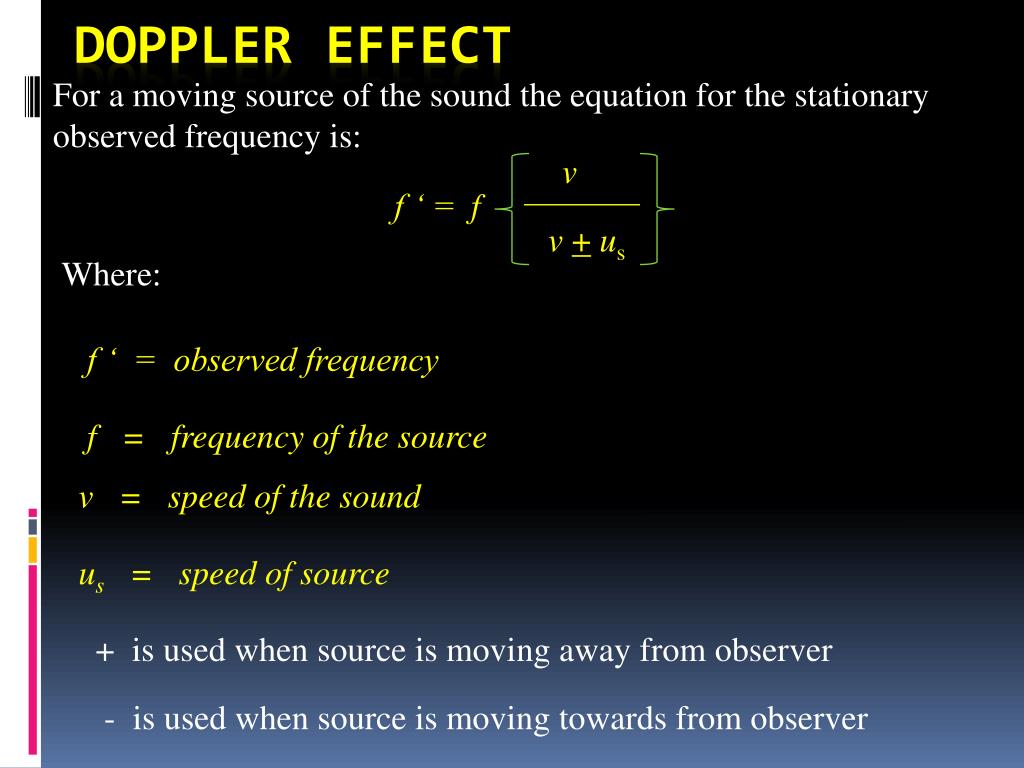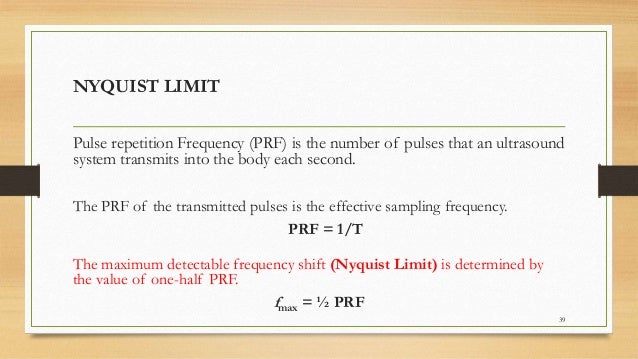

When there is no flow or movement detected then the transmitted frequency (F t) is equal to the received frequency (F r). This time the Doppler shifted frequencies (F r − F t) produces a negative Doppler shifted signal. In this arrangement blood flow moving away from the transducer produces received signals (F r) which have a lower frequency than the transmitted beam (F t). The Doppler shifted signal (F d) can be calculated by subtracting F t from F r and produces a positive Doppler shifted signal.Ĭonversely, Figure 11.3b illustrates blood flow which is moving away from the Doppler beam and the transducer. In this arrangement blood flow moving towards the transducer produces received signals (F r) which have a higher frequency than the transmitted beam (F t). In Figure 11.3a the relative direction of the blood flow with respect to the Doppler beam is towards the transducer. Figure 11.3 illustrates the change in the received backscattered signals and the resulting Doppler shifts for blood moving towards and away from the transducer. 11.3 Demonstrating the resulting Doppler shifted signals for a) blood flow moving towards the transducer b) blood flow moving away from the transducerīlood flow moving towards the transducer produces positive Doppler shifted signals and conversely blood flow moving away from the transducer produces negative Doppler shifted signals. Named after Austrian physicist, Christian Andreas Doppler (1803-1853) 1.Fig.

frequency of received sound waves spectral envelope (in continuous and pulsed wave Doppler) above the baseline.source reflecting sound waves is moving toward the emitting source.

frequency of received sound waves > frequency of emitted sound waves.an ultrasound transducer) the frequency of the sound waves received will be higher (positive Doppler shift) or lower (negative Doppler shift) than the frequency at which they were emitted, respectively 2. However, if the reflecting source is in motion either toward or away from the emitting source (e.g.

When sound of a given frequency is discharged and subsequently reflected from a source that is not in motion, the frequency of the returning sound waves will equal the frequency at which they were emitted. Doppler shift or Doppler effect is defined as the change in frequency of sound wave due to a reflector moving towards or away from an object, which in the case of ultrasound is the transducer.


 0 kommentar(er)
0 kommentar(er)
